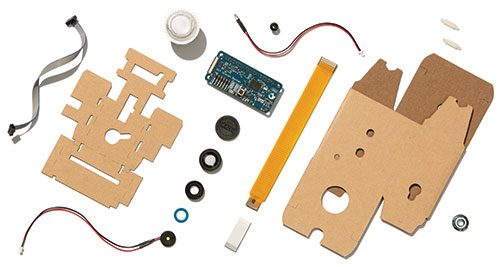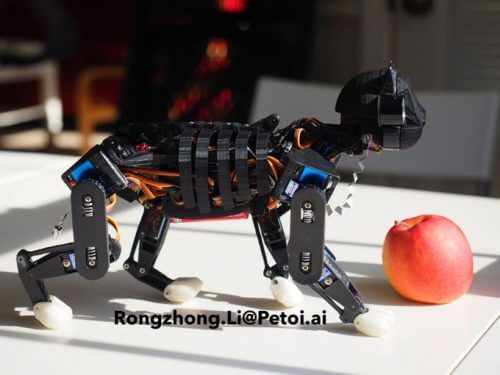Schlagwort: robot pet
-

Raspberry Pi puts the heart back in mid-noughties nostalgia tech
Reading Time: 2 minutesIs it still the Easter holidays? Can anyone tell? Does it matter, when we have nostalgic tech bunny pets to share with you? These little bunnies can now do much more than when they first appeared. But they’re still incredibly cute – just look at that little lopsided-ear thing they do. [embedded…
-

Archimedes, the Google AIY Projects Vision familiar
Reading Time: 3 minuteshackster.io‘s ‘resident hardware nerd’ Alex Glow has gifted the world of makers with Archimedes, a shoulder-mounted owl that judges your emotions using the Google AIY Project Vision Kit. Say Hi to Archimedes – the AI Robot Owl Say hi to Archimedes – the robot owl with a Google AIY brain. Built with…
-

Petoi: a Pi-powered kitty cat
Reading Time: 3 minutesA robot pet is the dream of many a child, thanks to creatures such as K9, Doctor Who’s trusted companion, and the Tamagotchi, bleeping nightmare of parents worldwide. But both of these pale in comparison (sorry, K9) to Petoi, the walking, meowing, live-streaming cat from maker Rongzhong Li. Petoi: OpenCat Demo Mentioned…


